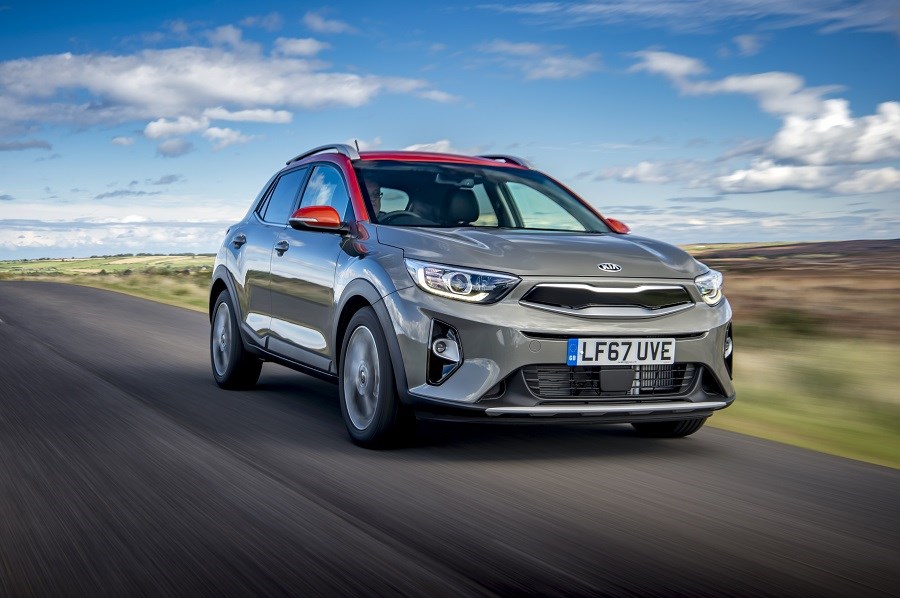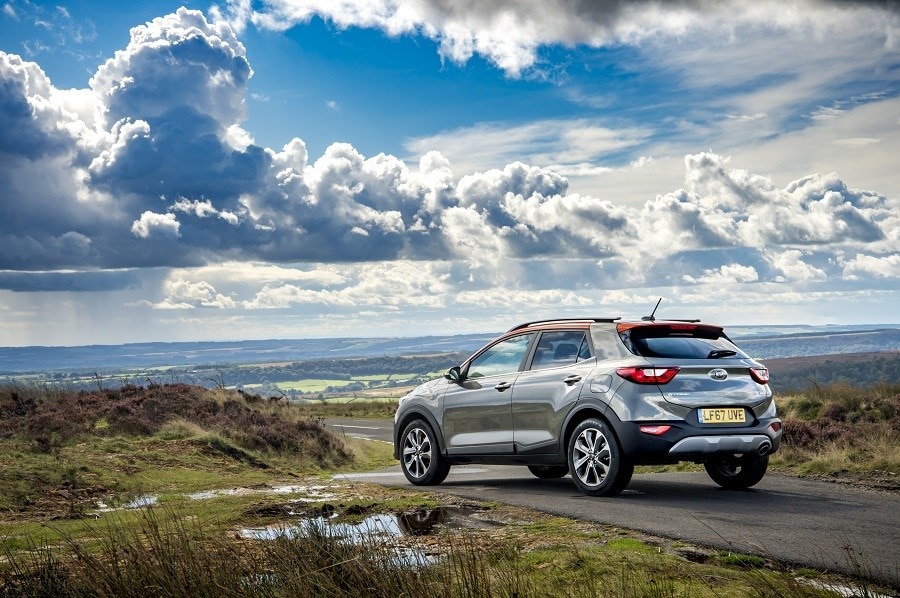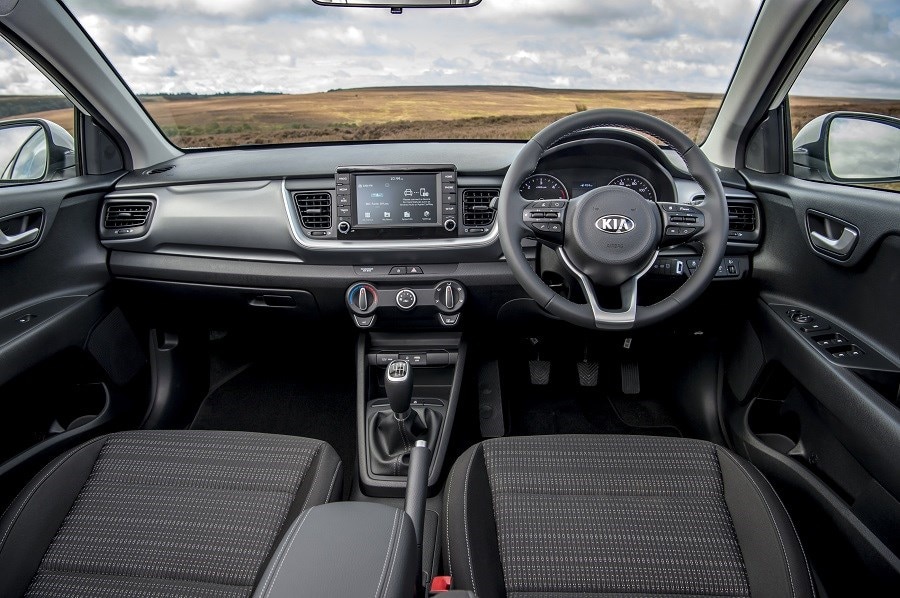Space and practicality
Kia has cleverly packaged the Stonic, which results in the model having more interior space than you might expect. Front seat passengers will have no complaints in this department, and while there’s a good amount of headroom in the rear, an average adult wouldn’t describe the legroom as generous. A few more storage spaces dotted around the cabin certainly wouldn’t go amiss, though.
The boot space is quite average for its class, with 352 litres of capacity when all five seats are in place, or 1,155 litres with the back row down. It’s more than you get in most superminis, although rivals such as the Renault Captur offer more capacity. There’s also quite a high boot lip on 2 and 3 spec cars, which can make unloading heavy objects a bit of a struggle. The top spec model benefits from an adjustable boot floor, which can be particularly useful if you need a flat boot surface on occasions.
As the Stonic is structurally identical to the Rio hatchback, the Stonic was awarded an impressive five-star Euro NCAP safety rating, with a particularly high score recorded for its adult occupancy safety. This score only applies for models fitted with driver aids; the entry-level ‘2’ model only received a three-star safety rating. It’s downfall, however, was the safety assist category. The Stonic doesn’t come with any autonomous aids as standard, unlike most of its rivals. Mid-spec 3 models add autonomous emergency braking, lane-keep assist, a driver attention alert and high beam assist, which is good for the price, although it’s a shame these aren’t fitted as standard. Top-spec 4 versions add blind spot monitoring and rear-cross traffic alert.
Engines
Three engines are offered on the Stonic. The entry-level engine is a naturally aspirated 1.4-litre petrol unit, with 98bhp. It’s the weakest engine in the line-up, although it can accelerate from 0-60mph in a respectable 10.4 seconds.
Our favourite engine is the 118bhp 1.0-litre turbocharged petrol unit, which delivers a pleasant amount of punch and is quite fun to push. It’s able to accelerate to 60mph in 9.9 seconds, and will keep going to a top speed of 115mph.
The sole diesel option is the 113bhp 1.6-litre unit, which manages 60mph in 10.5 seconds, although it feels faster than this because of a high torque figure.
All engines come paired with a six-speed manual gearbox as standard, while a seven-speed dual-clutch automatic can be ordered with the 118bhp petrol unit.
Running costs
The diesel engine is particularly efficient, and can return a claimed 70.6mpg on the combined cycle, with CO2 emissions of 106g/km.
The petrol engines won’t be quite as cheap to run, with the economy figures on these ranging between 49.6mpg and 54.3mpg – the 1.4-litre unit being the thirstiest. CO2 emissions range between 130g/km and 132g/km.
Insurance groups range between 10 and 14, which is on par with the majority of its rivals. Servicing should also be affordable on the Stonic, with a first service costing £124; that’s great value for a new car.





